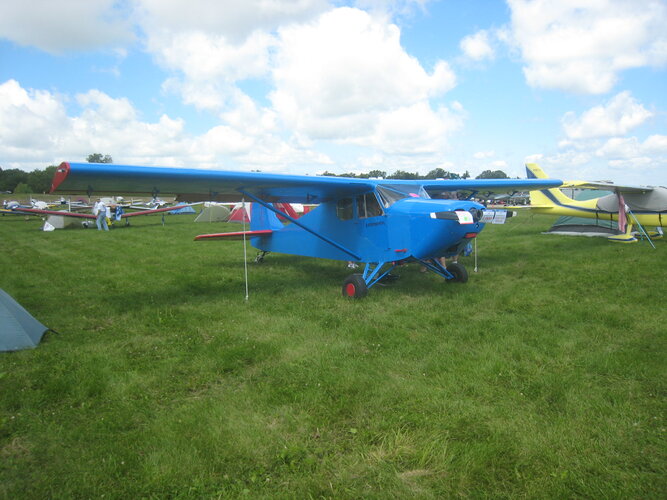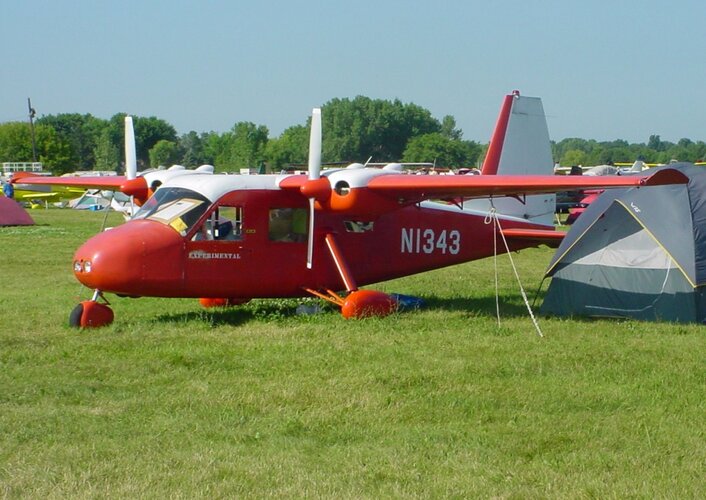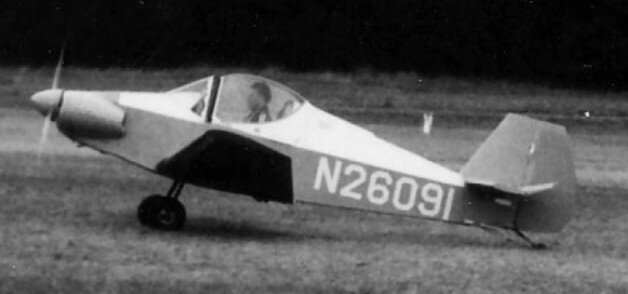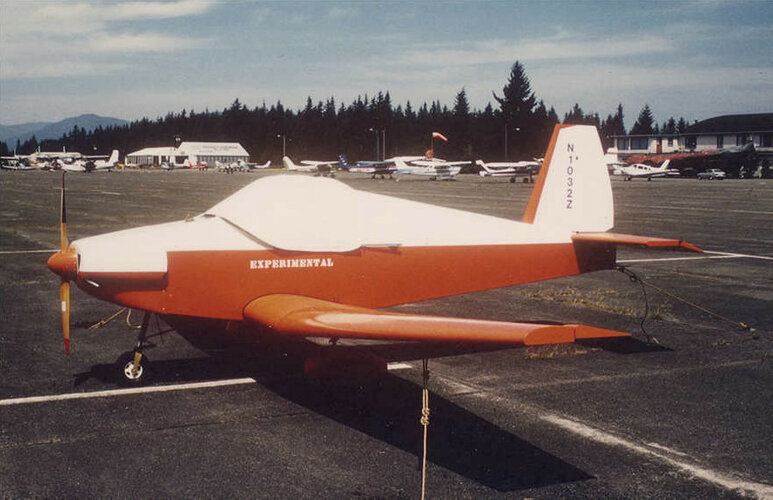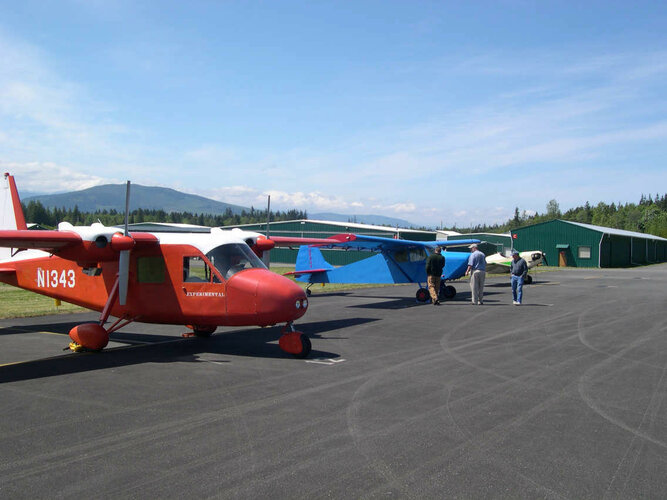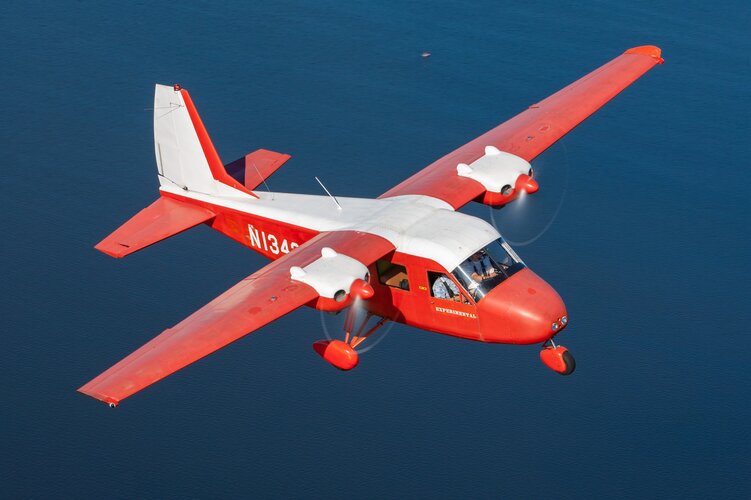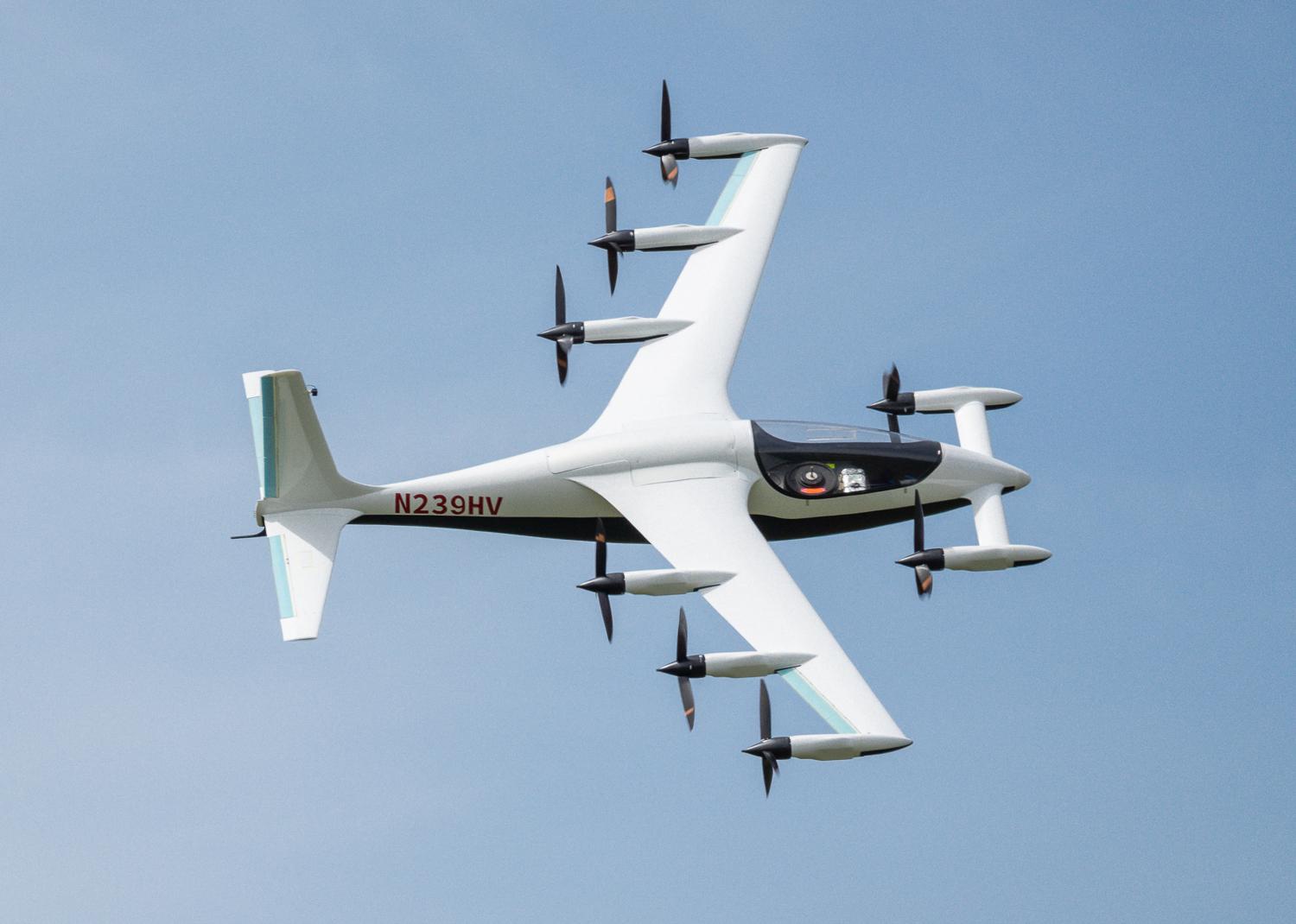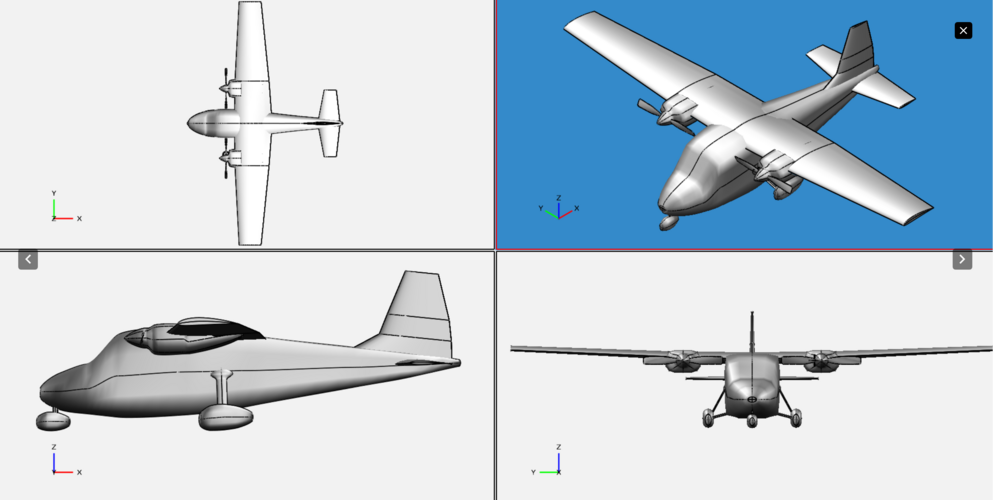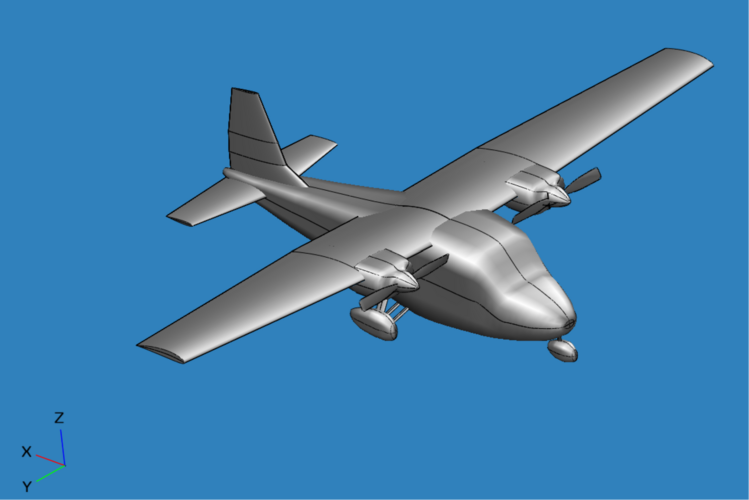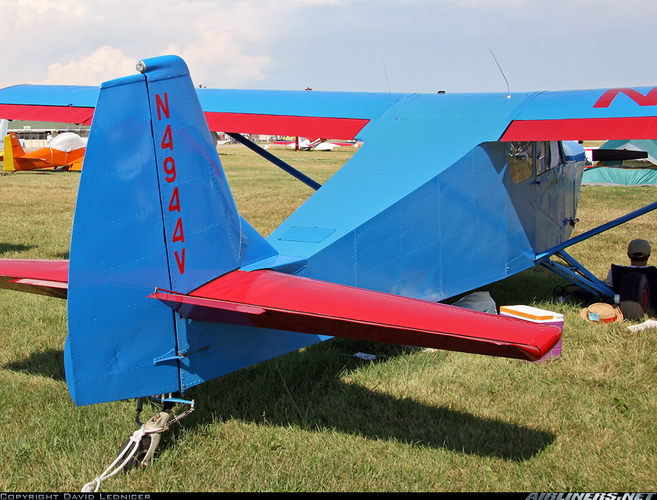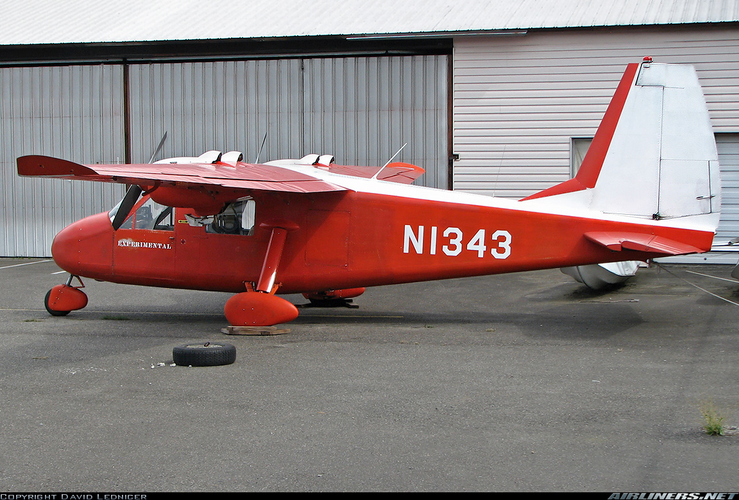- Joined
- 25 June 2009
- Messages
- 13,782
- Reaction score
- 3,062
James M. Wickham is not a household name, nor will it ever be. On the professional side, he spent a lifetime designing airplanes, mostly for Boeing, a job where most engineers remained unknown despite their contribution. All that time, he kept designing and building his own aircraft on the side. Jim Wickham attended college in the early 1930s at Ohio State University. It is in those years that he discovered what would be a lifelong passion for flying, after his first flight hours in a homebuilt glider. After graduated from MIT as an aeronautical engineer, Wickham went working a few years at Chance-Vought, then switched to Boeing in 1938 and stayed there for the next four decades.
Not content to design planes for a living, he used his skills and knowledge working on his own projects. In the 1950s, Wickham started designing and building his own series of homebuilt aircraft. Back then, most builders stayed with the time-proven wood or steel tube construction, too. His first homebuilt, though, the Model A Bluebird (N4944V, c/n 1) was a four-seat, all-metal high-wing cross-country machine, first flown in 1955. Initially powered with a 115hp Lycoming engine, it was later re-engined with a more powerful 135hp Lycoming.
Wickham could have rested on his laurels, but instead of that, he started an even more ambitious project two years later: the Model B Twin (N1343, c/n 1), a five-seat high-wing cabin monoplane with fixed gear, resembling a German Dornier Skyservant. Adding a second engine on a homebuilt aircraft back then was nearly unheard of! And it was nothing like crude lawnmower engines either, since Wickham designed his airplane for two 125hp Lycoming O-290-D engines, later replaced by 160hp Lycoming O-320 types; removable winglets were also added. Wickham's design process also stood out from the typical homebuilding one in another way: The intense amount of detail and planning he put into his work. Far from working "by ear" like many homebuilders did, Wickham approached the design of his own airplane just as he would with the B-47, B-52, and the other airplanes he worked on for Boeing. His airplanes were designed in full before construction through detailed drawings of near-production quality. After over ten years of construction, the Wickham Twin first flew in 1968, and if proof was needed of Wickham's designing skills, it has flown successfully up to this day.
After the twin, Wickham switched from metal cross-country cruisers to single-seat, all wood VW-powered fun airplanes. His Model C Sunbird (N26091, c/n 1) was a single-seat low-wing taildragger monoplane with a converted VW 1600cc, later Continental C-85 engine. Far more conventional for a homebuilt in terms of design, the Sunbird flew in 1975 and was highly successful. Wickham then worked on a new design, the Model D, but he sold the aircraft before even completing it, and no information is available on that design.
The Model E Sunbird II (N1032Z, c/n 1), completed in 1979 and first flown on August 8, was very similar to the Model C but had a taller tail fin, tricycle landing gear, a larger wing, and power from a larger 1835cc VW engine. Wickham escaped death while spin-testing it prior to sale on July 20, 1980, bailing out of the stricken aircraft after he found he couldn’t recover.
Finally, Wickham returned to his roots with the design of his Model F, an ambitious upgrade of the Twin. The all-metal (aluminum) high-wing aircraft had a large cabin, and was to be powered by two converted Mazda rotary engines. Ever the perfectionist, Wickham started with a detailed full-scale wooden cockpit mockup of his design. Sadly, his health didn’t permit its completion, and he passed away in 2000. It is currently in the hands of Tom Osmundson, who plans to complete it.
Jim Wickham was one of the many individuals who are driven by the passion of designing and building their own aircraft, and get the job done! Even if they will never be more than a footnote in aviation history, such dedicated enthusiasts deserve to not be forgotten.
Not content to design planes for a living, he used his skills and knowledge working on his own projects. In the 1950s, Wickham started designing and building his own series of homebuilt aircraft. Back then, most builders stayed with the time-proven wood or steel tube construction, too. His first homebuilt, though, the Model A Bluebird (N4944V, c/n 1) was a four-seat, all-metal high-wing cross-country machine, first flown in 1955. Initially powered with a 115hp Lycoming engine, it was later re-engined with a more powerful 135hp Lycoming.
Wickham could have rested on his laurels, but instead of that, he started an even more ambitious project two years later: the Model B Twin (N1343, c/n 1), a five-seat high-wing cabin monoplane with fixed gear, resembling a German Dornier Skyservant. Adding a second engine on a homebuilt aircraft back then was nearly unheard of! And it was nothing like crude lawnmower engines either, since Wickham designed his airplane for two 125hp Lycoming O-290-D engines, later replaced by 160hp Lycoming O-320 types; removable winglets were also added. Wickham's design process also stood out from the typical homebuilding one in another way: The intense amount of detail and planning he put into his work. Far from working "by ear" like many homebuilders did, Wickham approached the design of his own airplane just as he would with the B-47, B-52, and the other airplanes he worked on for Boeing. His airplanes were designed in full before construction through detailed drawings of near-production quality. After over ten years of construction, the Wickham Twin first flew in 1968, and if proof was needed of Wickham's designing skills, it has flown successfully up to this day.
After the twin, Wickham switched from metal cross-country cruisers to single-seat, all wood VW-powered fun airplanes. His Model C Sunbird (N26091, c/n 1) was a single-seat low-wing taildragger monoplane with a converted VW 1600cc, later Continental C-85 engine. Far more conventional for a homebuilt in terms of design, the Sunbird flew in 1975 and was highly successful. Wickham then worked on a new design, the Model D, but he sold the aircraft before even completing it, and no information is available on that design.
The Model E Sunbird II (N1032Z, c/n 1), completed in 1979 and first flown on August 8, was very similar to the Model C but had a taller tail fin, tricycle landing gear, a larger wing, and power from a larger 1835cc VW engine. Wickham escaped death while spin-testing it prior to sale on July 20, 1980, bailing out of the stricken aircraft after he found he couldn’t recover.
Finally, Wickham returned to his roots with the design of his Model F, an ambitious upgrade of the Twin. The all-metal (aluminum) high-wing aircraft had a large cabin, and was to be powered by two converted Mazda rotary engines. Ever the perfectionist, Wickham started with a detailed full-scale wooden cockpit mockup of his design. Sadly, his health didn’t permit its completion, and he passed away in 2000. It is currently in the hands of Tom Osmundson, who plans to complete it.
Jim Wickham was one of the many individuals who are driven by the passion of designing and building their own aircraft, and get the job done! Even if they will never be more than a footnote in aviation history, such dedicated enthusiasts deserve to not be forgotten.
Attachments
Last edited:

